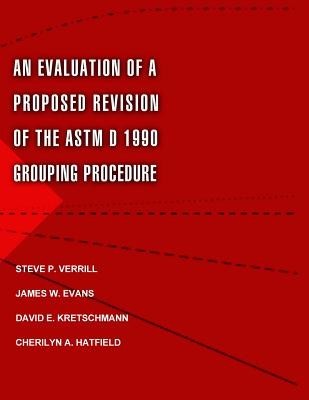
- We will send in 10–14 business days.
- Author: United States Department of Agriculture
- Publisher: CreateSpace Independent Publishing Platform
- Year: 2015
- Pages: 38
- ISBN-10: 1508558035
- ISBN-13: 9781508558033
- Format: 21.6 x 28 x 0.2 cm, softcover
- Language: English
- SAVE -10% with code: EXTRA
Hatfield United States Department of Agriculture (e-book) (used book) | bookbook.eu
Reviews
Description
Lum, Taylor, and Zidek have proposed a revised procedure for wood species grouping in ASTM standard D 1990. We applaud the authors' recognition of the importance of considering a strength distribution's variability as well as its fifth percentile. However, we have concerns about their proposed method of incorporating this information into a standard. We detail these concerns in this paper. We also provide both theoretical and empirical arguments that sug-gest that revisions of the standard should not be based on a two-parameter Weibull assumption.
EXTRA 10 % discount with code: EXTRA
The promotion ends in 18d.01:06:51
The discount code is valid when purchasing from 10 €. Discounts do not stack.
- Author: United States Department of Agriculture
- Publisher: CreateSpace Independent Publishing Platform
- Year: 2015
- Pages: 38
- ISBN-10: 1508558035
- ISBN-13: 9781508558033
- Format: 21.6 x 28 x 0.2 cm, softcover
- Language: English English
Lum, Taylor, and Zidek have proposed a revised procedure for wood species grouping in ASTM standard D 1990. We applaud the authors' recognition of the importance of considering a strength distribution's variability as well as its fifth percentile. However, we have concerns about their proposed method of incorporating this information into a standard. We detail these concerns in this paper. We also provide both theoretical and empirical arguments that sug-gest that revisions of the standard should not be based on a two-parameter Weibull assumption.


Reviews